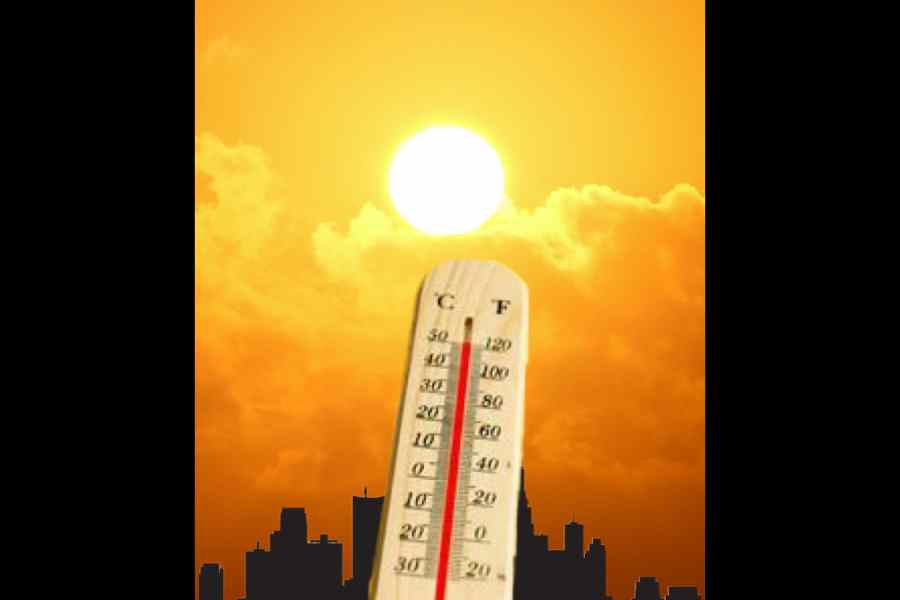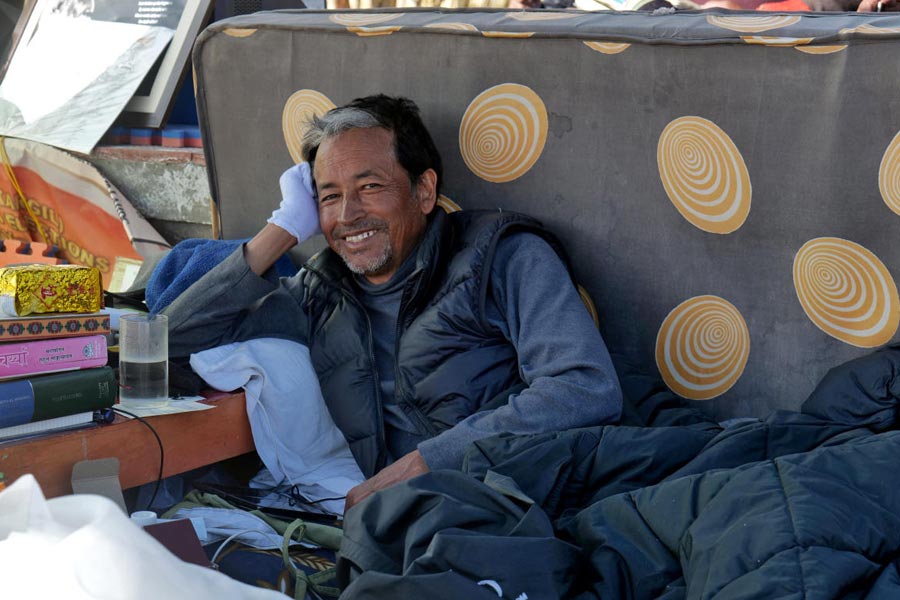Climate change is upon us and its escalating impacts are manifesting in the form of unprecedented heat waves sweeping across the globe. Following record-breaking global temperatures in 2023, India, once again, grappled with severe heatwaves, with the India Meteorological Department having forecasted an unusually high number of heatwave days from April to June. Recently, northern India’s resilience was put to the test as temperatures soared above 46 degrees Celsius.
The built environment, comprising the infrastructure and the spaces where people live, work and interact, is particularly vulnerable. From triggering public health emergencies to disrupting food supply chains, lowering productivity and declining our quality of life, the ramifications of these extreme heat events are far-reaching and severe. Rapid urbanisation exacerbates the issue through the urban heat island effect — a phenomenon characterised by fewer green spaces, high population density, limited access to cooling, and dense building concentration — that renders urban areas significantly warmer than their rural counterparts. It becomes crucial to take urgent action to address these vulnerabilities by mitigating the causes of the warmer climate and by adapting to the impacts of climate change.
Beyond global targets like the Paris Agreement, India has set ambitious goals to achieve net-zero greenhouse gas emissions by 2070. Towards the same, a comprehensive and transformational approach in the planning, design and management of the built environment is the need of the hour. Reactive planning alone is inadequate; we must proactively embed resilience into the very fabric of our urban landscapes.
A pivotal solution lies in enriching urban greenery through strategic planning and development. This involves expanding parks, gardens and green roofs throughout our cityscapes. Urban forestry, which focuses on nurturing trees and vegetation within urban areas, is important for reducing ambient temperatures. By increasing greenery along streets, in parks, and, most importantly, integrating buildings with green roofs and vertical gardens, we can provide much-needed shade and evapotranspiration — a natural cooling process. The combination of these transformative approaches not only effectively combats the urban heat island effect but also curtails our reliance on mechanical cooling.
Parallel efforts must re-evaluate our construction materials and techniques. Conventional materials like asphalt and concrete absorb and retain heat, significantly increasing temperatures. Conversely, cool roofs and pavements with high-reflective materials/coatings are designed to deflect sunlight and minimise heat absorption. Enforcing the use of these materials through updated building codes can lead to substantial transformations, reshaping the essence of our urban landscapes. Passive strategies in building design can no longer be ignored. The major strategies include sufficient insulation to keep out external heat, the use of thermal mass in walls to reduce heat gain, strategic window placement to minimise direct sunlight and effective shading techniques using greenery, chajjas or louvres. These methods ensure sustained thermal comfort without heavy reliance on energy-intensive cooling systems. Furthermore, leveraging rooftop solar panels presents a dual opportunity: harvesting renewable energy while mitigating heat absorption. Buildings must be designed and constructed to withstand climate change and reduce carbon emissions, breaking the cycle of rising heat and energy demand.
These solutions, while not novel, are gaining momentum through policy integration and robust implementation as seen in government initiatives like the Heat Action Plans, the India Cooling Action Plan, and the Atal Mission for Rejuvenation and Urban Transformation. To propel these efforts, capacity building and integrated research are imperative with independent research organisations such as The Energy and Resources Institute. As part of the Smart Surfaces Coalition, TERI is developing a tool to help city administrations assess the viability of various solutions for mitigating urban heat island effects. Additionally, in collaboration with Mahindra, the institute has established a Centre of Excellence equipped with international-standard material testing facilities, providing valuable insights to enhance the passive performance of building products. These examples, among others, highlight the importance of community engagement and participation in advancing sustainability and resilience.
In the collective pursuit of a climate-resilient and a sustainable built environment, partnerships emerge as a cornerstone of progress. Synergistic collaboration among governments, civil society, the private sector, research institutions and communities is necessary for the successful execution and embedding of innovative strategies.
Community engagement lies at the core of this pursuit. Empowering communities to develop and implement strategies boosts their ability to withstand climate shocks and raises awareness. Concepts such as the Urban Living Labs, pioneered by TERI in India, exemplify how community participation can catalyse that. These ULLs, established in Panjim and now in Visakhapatnam, are tackling climate challenge head-on by co-creating and testing solutions in real-life settings together with the community, local government, academia, non-governmental organisations, and businesses, ultimately scaling them up city-wide.
Furthermore, measuring the impacts of decarbonisation of the building and construction sector is an imperative: the green building rating systems by the Green Rating for Integrated Habitat Assessment Council play a vital role. GRIHA Council’s Jan Awas Nirman GRIHA certification aligns with Government of India initiatives — Mission LiFE and Panchamrit-2070 targets — aiming to spread sustainability at the grassroots level through awareness and promoting conscious alternatives among the masses while constructing their buildings. Apart from building materials and designs, it encompasses aspects like water conservation, rainwater harvesting, waste management, sustainable lifestyles, and enhancing circularity within buildings. The certification empowers the end user to indulge in informed decision-making and facilitate enhanced living standards at low cost, whilst nurturing the co-benefits of lower operational bills, increased energy savings and reduced carbon emissions.
In its journey of becoming Viksit Bharat, India has a prime opportunity to showcase sustainable and resilient national development. With a significant portion of building stock yet to be constructed by 2047, the infrastructure built or renovated today will be in use for centuries, presenting numerous opportunities to advance climate-resilient development pathways. The time is now to foster a conducive environment for the adoption of innovative practices in the built environment. By doing so, India can not only propel its green nation development agenda but also bolster its resilience in the face of climate change.
Sanjay Seth is Senior Director, Sustainable Infrastructure Programme. Shabnam Bassi is Director, Sustainable Buildings, TERI










